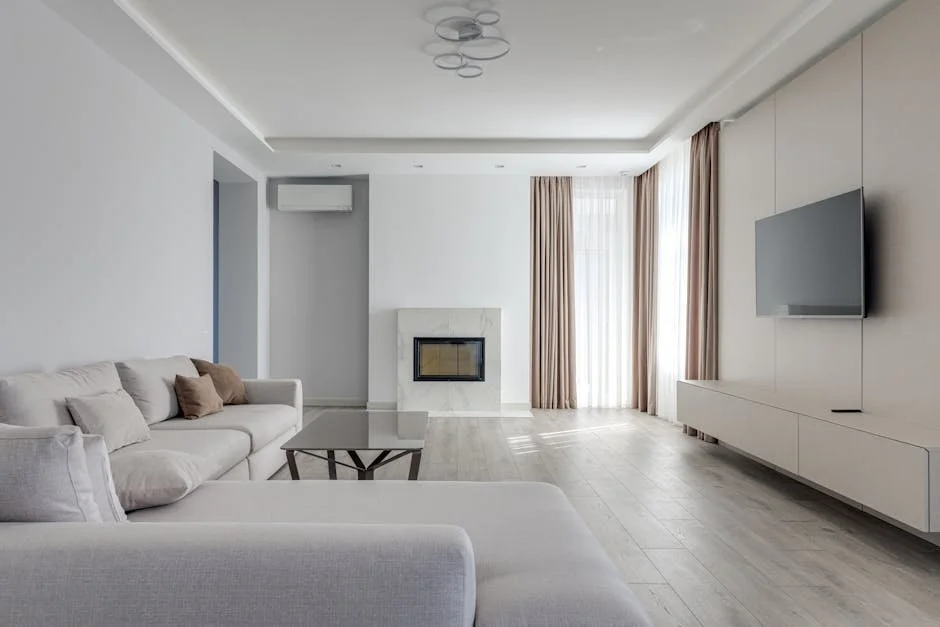Step into a world where every angle and curve of furniture is captured with finesse, enhancing the very essence of interior design. Professional furniture photography breathes life into spaces, showcasing the beauty and functionality of each piece. Let's delve into how this art form can elevate your living environments to new heights.
The Impact of Professional Furniture Photography on Interior Design
When it comes to interior design, the visual aspect plays a monumental role. Professional furniture photography goes beyond merely showcasing products; it encapsulates the ambiance and mood of a space. Through expertly framed shots and clever lighting techniques, furniture photography allows viewers to envision how pieces can fit seamlessly into their own homes.
Each click of the camera captures the intricate details of furniture designs, from the luxurious textures of upholstery to the sleek lines of modern minimalism. These images serve as windows into a world where comfort meets style, inspiring interior enthusiasts to curate their personal sanctuaries with thought and care.
Moreover, professional furniture photography has the power to evoke emotions and create narratives within a room. The interplay of light and shadow, the choice of angles, and the composition of each shot can transform a mundane chair into a statement piece or a simple table into a centerpiece. It's through these visual stories that interior design truly comes alive.
In the digital age, where online presence is paramount, captivating furniture photography can make or break a brand. High-quality images not only attract potential customers but also convey the values and essence of a furniture collection. A well-captured image can spark interest, drive engagement, and establish a sense of trust and credibility in the eyes of consumers.
Choosing the Right Furniture Photography Style for Your Space
Selecting the perfect photography style for your furniture is pivotal in conveying the intended message. Whether aiming for a cozy and inviting atmosphere or a sleek and modern vibe, the photography style sets the tone for how your interior design is perceived.
For a rustic and organic look, opting for natural light and earthy tones can enhance wooden furniture pieces, infusing warmth and charm into the imagery. Conversely, a contemporary setting might benefit from clean lines, minimalist backgrounds, and strategic use of artificial lighting to emphasize sophistication.
Experimenting with various photography styles allows for versatility and creativity in showcasing furniture collections. From vintage-inspired shots that evoke nostalgia to bold and vibrant compositions that exude energy, the right style can elevate your interior design aesthetics and appeal to a diverse range of tastes.
Ultimately, the chosen photography style should align with the overall theme and concept of your space, harmonizing with existing decor elements to create a cohesive and visually engaging narrative. By understanding the nuances of different styles, you can effectively communicate the essence of your interior design through captivating visual storytelling.
Tips for Capturing the Essence of Your Interior Design through Photography
In the realm of interior design photography, attention to detail is paramount. Small adjustments in lighting, angles, and props can make a significant difference in highlighting the best features of your space. Before embarking on a photoshoot, meticulous planning and preparation are key.
Utilize natural light to your advantage, as it can enhance textures and colors, creating a more authentic and inviting ambiance in your photographs. Additionally, incorporating elements of nature, such as plants or flowers, can add a touch of freshness and vitality to your interior compositions.
When framing your shots, consider the principles of balance and symmetry to create visually pleasing images that draw the eye. Experiment with different perspectives, from wide-angle views that capture the entirety of a room to close-up shots that showcase intricate design details.
Lastly, post-processing plays a crucial role in refining your images. Whether enhancing colors, adjusting brightness and contrast, or removing imperfections, editing software can elevate your photographs to a professional level. Remember, the goal is not just to capture furniture but to tell a story through imagery that resonates with viewers.
The Artistic Lens
As furniture photography continues to evolve, so does the way we perceive and interact with interior design. The lens through which we view furniture is a powerful tool in shaping our aesthetic sensibilities and preferences. By embracing professional furniture photography, we open doors to creativity and inspiration, transforming our living spaces into galleries of artistry and comfort.

